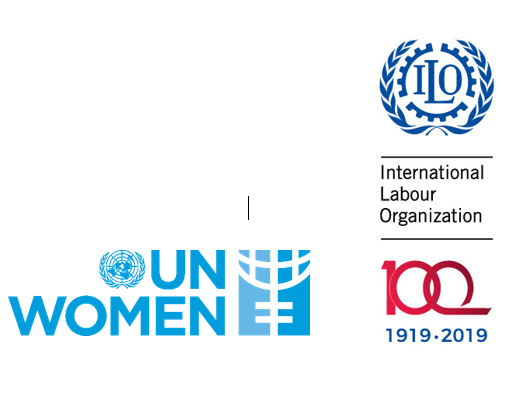Emerging good practices suggest that workplace policies and procedures on violence and harassment that ensure accountability send a clear message that violence and harassment is not acceptable.
Depending on the provisions in the law, a variety of disciplinary procedures can be undertaken. This can lead to various sanctions, including verbal or written warnings, dismissal, mediation, coaching, counselling or ongoing supervision. Depending on the severity of the act, a warning or a direct apology may be what is appropriate. A victim-centred approach necessitates allowing the target to make informed decisions about the course of action, if any, to be pursued (e.g. informal resolution or formal resolution). Under certain circumstances (for example, where multiple reports are recorded against one individual or if the behaviour constitutes a criminal act), an employer’s duty of care to their employees may require action to be taken without consent of the victim. Disciplinary action should be proportional to the behaviour in question and consistent with previous cases. Where this is lacking, a complaints procedure may be seen by workers as unsuitable, or it may create a sense of impunity, thereby affecting workers’ trust and future reporting. This can be seen in cases where, for example, “high valued employees” are accused of violence and harassment (EEOC, 2016).
Some evidence indicates that programmes addressed to perpetrators not only serve in terms of accountability, but also may play a role in changing attitudes, thereby preventing future cases. Evidence from countries that have ratified the Council of Europe’s Istanbul Convention shows some positive results from such programs in changing behaviour and reducing re-incidence, as well as the severity of violence and harassment. However, their effectiveness depends on the integration of such programs in “coordinated, inter-agency intervention that works to interrupt the pathways to violence at the different levels – societal, institutional, community and individual” (Hester and Lilley, 2014). Particularly where violence and harassment has been persistent and serious, close monitoring of perpetrators is needed (Hennessy, 2018). In a world of work context, guaranteeing victims’ safety in the workplace should be considered a priority in such monitoring, and for the world of work to be part of a coordinated and institutional response to preventing domestic violence spilling-over to work.
Promising practices in communicating with employees who are perpetrators of domestic violence suggest that a constructive approach should be taken, including (City of Toronto, 2017):
- Making it clear that domestic violence is unacceptable.
- Clarifying that it might be necessary to speak to other agencies, if there are grounds to break confidentiality.
- Being aware that on some level the perpetrator may be unhappy about their behaviour.
- Informing the perpetrator that children are always negatively affected by living with domestic/intimate partner abuse, whether or not they witness it directly.
- Being aware, and informing the perpetrator, that domestic or intimate partner abuse is about a range of controlling behaviours, not just physical violence.
- Being aware of the likely costs to the perpetrator of continued violence and assist them to see these.
